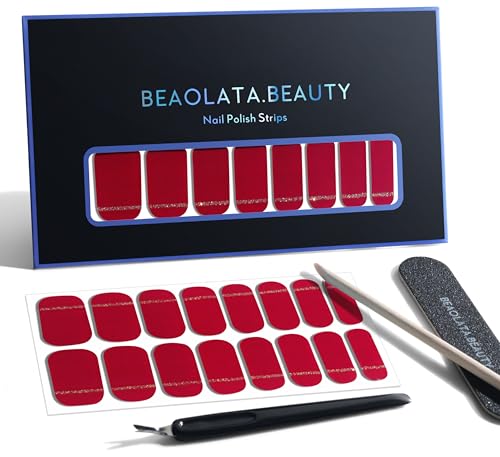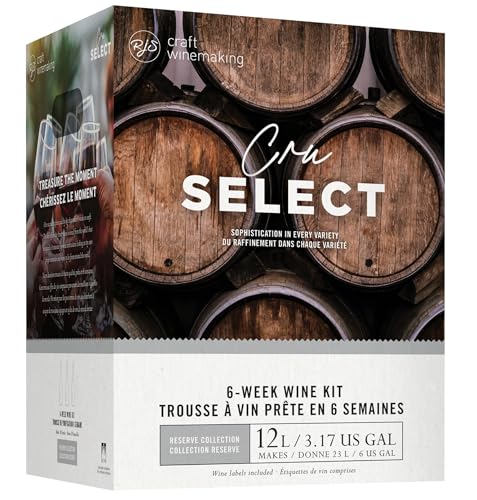For the future.....Adding too much nutrient? IMO, yes. I have no idea what the threshold is. I do know this: Adding too much Fermaid will give a mineral taste. Adding too much standard yeast nutrient (containing Urea) runs the risk of potential really bad nasties in the wine. Too much DAP (alone) will almost likely cause too much cell activity and heat. Too much DAP produces some bad tasting wine. Adding nutrients at the wrong time, as in late in the fermentation, runs the chance for spoilage.
Measuring YAN and using a reliable calculator to supplement nutrients is absolutely the best. If that is not possible (like for me) is use the FermCalc YAN calculator app and enter the starting YAN at 150. The calculator takes care of the yeast demand.
Right or wrong, I've made some pretty darn good wines following the FermCalc app method.
I hope this helps going forward.
Thank you for this. I had the FermCalc app on my phone but did not realize there was a YAN calculator in the Miscellaneous tools subsection. I will use this going forward 100%.

It seems the Vinmetrica YAN kit (which i have but ran out of time/energy to use ahead of AF) is mostly a (relatively) simple titration, with a lot of reagent prep. The use of formaldehyde and some of the centrifuging/decanting/filtration as recommended in the method does take some setup in terms of capability; is there a simpler way to conduct YAN measurements? i have seen some stuff about spectrophotometry but I think that may exceed my budget at this moment;
This year I think the biggest stressor I had is once I get all the crushed fruit and such, and get it back to the basement, I feel like I'm on the clock for getting all the lab results before I risk wild fermentation; I measure initial gravity, pH, temperature, Free SO2, TA - and this year I had to press the Chardonnay (in addition to the Tempranillo Rose after a short skin contact) since the white wine dedicated press was not working at the grape supplier for whites. I was perhaps a bit too ambitious and started 6 separate batches on the same weekend (108 lbs Cabernet Sauvignon, 108 lbs Merlot, 180 lbs Tempranillo (part rose for Rosado, part red), 108 lbs chardonnay, and 12 gallons sauvignon blanc juice). It's just me and my wife, but we had my brother and sister in law's help with transporting the fruit, pressing, cleaning, sanitizing, titrating, pH measurements, etc.
While presently I don't have a large enough refrigeration capacity to cold soak everything for a day or two, I do toss sanitized frozen water bottles and jugs into the must buckets to try and stave off spontaneous ferments and get a pseudo cold soak for as long as possible. This can buy a bit of time to do the extra lab work. I have one 21 cubic foot upright garage refrigerator but this will only handle maybe 2 carboys of 5 or 6 gallons each.
How do you all generally manage the #HurryUpAndWait phase of the initial influx of fruit ready all around the same time? I have to find a way to make it less stressful next year; it's far too much.

(a mess of my own creation, I fully realize).
How fast generally do the lab results come back for YAN from contract labs like ETS? I would consider sending out the juice to a lab if I could keep the remaining must cold while I wait for results, to delay fermentation initiation; but I'm not sure if my supplier for grapes (Corrados in Clifton NJ) would allow me to store the grapes in the walk in, crush a few, send a sample, wait some days, then pick it up. I suppose I could ask them, and or in the future try and find suppliers who provide the YAN on the fruit ahead of the sale in Northern NJ area (Or Eastern PA, or NY State but transporting the fruit 4-5 hours from the finger lakes in my little Honda fit is also a no - go, lol) but I don't know of any ones local to us.
Do you all have any grape source recommendations who do the must analysis ahead of the current year's harvest? I know of Delta Packing, but the quantities seem to be pretty high for minimum orders. Closest so far I found is Fulkerson's on Seneca Lake in NY (Finger lakes) about 5.5 hours drive
https://www.fulkersonwinery.com/juice/. The whites especially Riesling would be good to try once but the reds in this region struggle to reach full morphological ripeness and tend to be thinner; which is not our more preferred style.
Thanks for the assistance and helpful information; I have bookmarked ETS to look for lab analysis; if it saves batches, it's worth the cost.

























![[Upgraded] 9Pcs Tree Root Growing Box with Drain Holes, Half Transparent Plant Rooting Propagation Ball & Metal Core Twist Ties, for Fast Propagation Plants (Size M)](https://m.media-amazon.com/images/I/514MWQxtWOL._SL500_.jpg)































